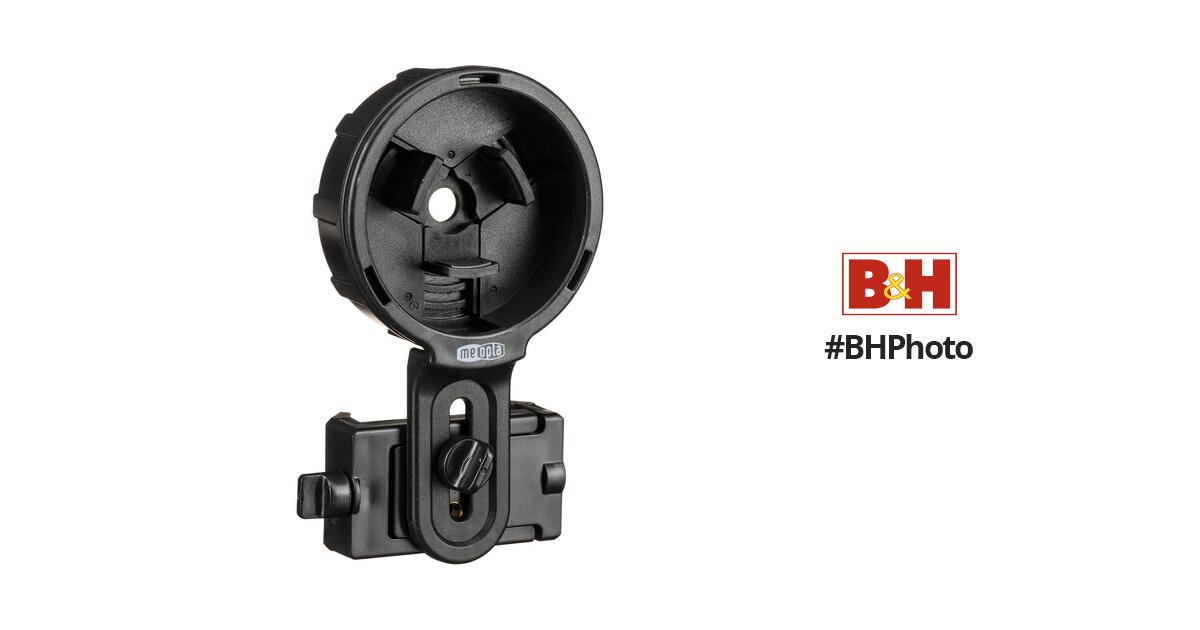Y= YellowThe markup of those groups appear to be highly encrypted. What is the secret
G= Green
R= Red
This is a common trick used by those who shoot ladders. They color the bullet's ogive with sharpies in various colors and shoot white paper. The bullet holes will appear with the color of the sharpie instead of a black hole. Makes it easy to see where different loads impact without driving to the target or needing a camera on the target etc.




